The East African Community (EAC), officials from the governments of Kenya and Uganda and the African Development Bank (AfDB), have met to discuss funding for a 193-kilometre multinational expressway linking the two countries.
Officials are engaging in a two-day Market Sounding Conference in Kampala, Uganda, which began on Monday, October 20, and will run through Tuesday, October 21.
The event brought together government representatives, development partners, investors, and private sector leaders to explore financing options for the Kenya–Uganda Multinational Expressway.
The project will connect Kisumu–Busia in Kenya to Kakira–Malaba in Uganda.
As part of the Northern Transport Corridor, it aims to boost regional trade, improve transport efficiency, and promote cross-border integration.
Key border posts at Busia, Malaba, and Lwakhakha will be upgraded to modern One Stop Border Posts (OSBPs), facilitating smoother movement of goods and people across the region.
By addressing missing links along cross-border routes, EAC said the project enhances market access for producers, lowers transport costs for businesses, and brings the EAC closer to realizing a single connected market.
Also Read: Boost for Traders as Kenya and Uganda Agree to Scrap Cross-Border Taxes
Kenya, Uganda Officials in Talks for 193 KM Kisumu–Busia–Kakira Multinational Expressway
The EAC Deputy Secretary General in charge of Infrastructure, Planning, Productive, Social, and Political Sectors said the project is not just about building a road; it is about creating a modern, safe, and efficient transport artery that connects businesses, people, and opportunities across East Africa.
“The Market Sounding Conference is a turning point in our efforts to establish a strategy for sustainable infrastructure development via private sector funding, thereby transforming trade, strengthening regional integration, and unlocking opportunities for millions of our citizens,” he said.
“Poor regional transport infrastructure increases the cost of doing business. The Multinational Road Projects and OSBPs have been instrumental solutions championed by the EAC in collaboration with Development Partners such as AfDB Group.”
Eng. Charles Obuon, Director In-Charge of PPP at the Kenya National Highways Authority (KeNHA), stated that regional transport infrastructure is poorly connected due to missing links on cross-border transport corridors.
He added that undertaking the Feasibility Studies of this Expressway Project will catalyse the economy and development of the EAC region.
In Uganda, Eng. Charles Wani, Commissioner for National Roads at the Ministry of Works and Transport, said that large-scale infrastructure investment cannot be achieved in isolation.
He emphasized the need to embrace Public-Private Partnerships and other blended financing models to deliver transformative projects.
Conference Reviews Feasibility and Financing of Regional Expressway
The conference will see participants review detailed feasibility studies covering traffic forecasts, engineering designs, and environmental and social assessments, as well as the Bankability Report outlining viable public-private partnership financing models.
Beyond technical presentations, the event will bring together investors, bilateral donors, and development financing institutions to shape the project’s overall bankability and ensure it delivers lasting value.
Discussions will focus on how the expressway is expected to transform regional connectivity, ease cross-border trade, reduce transport costs, and accelerate economic growth across East Africa.
The conference is expected to generate strong interest from investors and financiers, providing a platform for constructive feedback on the project’s design, feasibility, and financing models.
It will also foster consensus on sustainability, inclusivity, and strategies to mitigate potential environmental and social impacts.
Kenya–Uganda Expressway Route: Kisumu to Jinja
The construction of the new expressway will begin in Kisumu, weaving through key towns including Kisian, Mamboleo, Chiga, and Rabuon.
From there, it stretches toward Busia, linking vital border towns such as Busitema and Malaba before crossing into Uganda.
Once in Uganda, the route passes through Tororo, Korosiondet, Bumbobi, Malakisi, and Lwakhakha, eventually reaching Mbale and connecting to Jinja.
Also Read: Ugandan-Kenyan American Eying Minnesota Seat Reflects on Personal Journey as an Immigrant
The expressway is expected to be constructed through a Public Private Partnership (PPP) with the potential introduction of toll fees for those who use the road.
Designed as a smart corridor, the expressway goes beyond transport; it integrates digital technology, social inclusion, and sustainability.
The project is expected to create jobs for youth and women, enhance road safety, reduce travel time and emissions and attract investment through PPPs.
Follow our WhatsApp Channel and X Account for real-time news updates
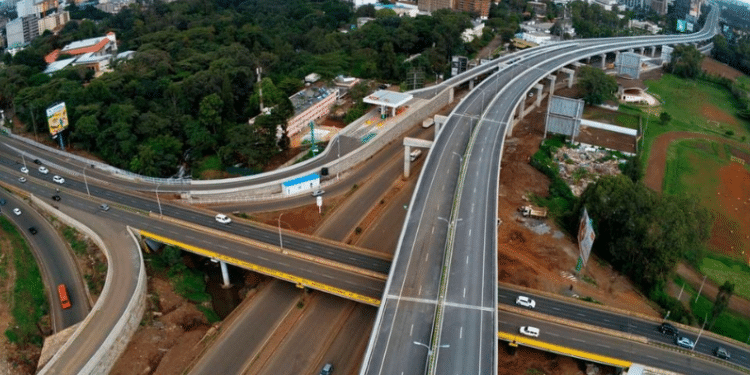

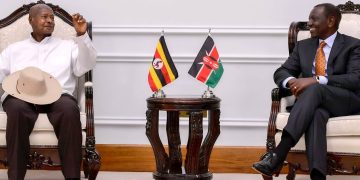
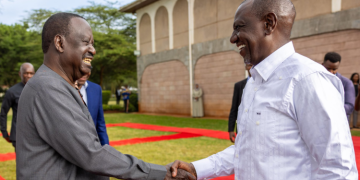
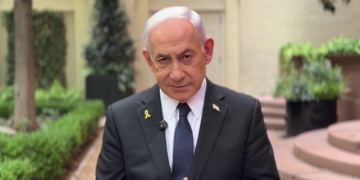
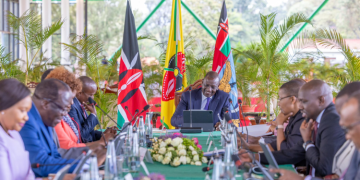
![President Ruto Address During Mashujaa Day And How He Honored Raila [Full Text Speech] President Ruto Address During Mashujaa Day And How He Honored Raila [Full Text Speech]](https://thekenyatimescdn-ese7d3e7ghdnbfa9.z01.azurefd.net/prodimages/uploads/2025/10/ruto-mashujaa-address-360x180.jpg)
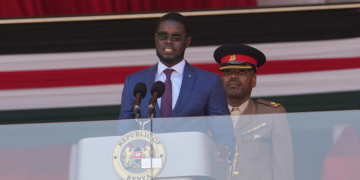
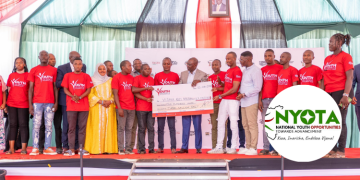
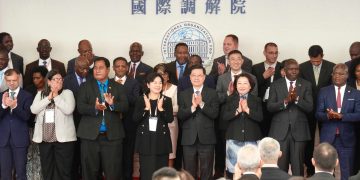




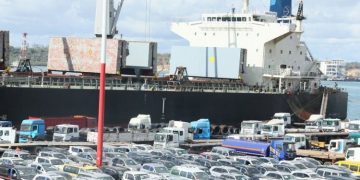

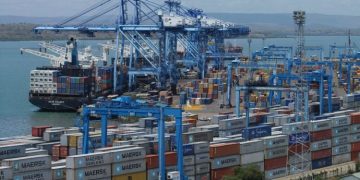

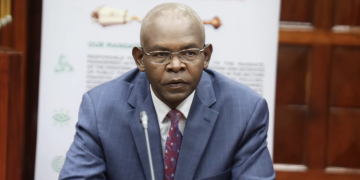
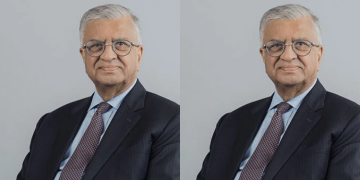
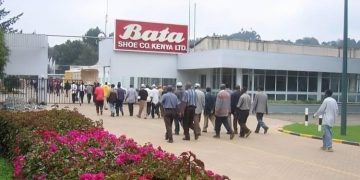
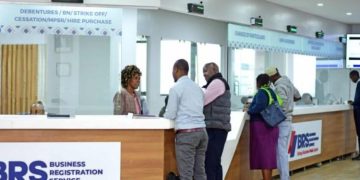
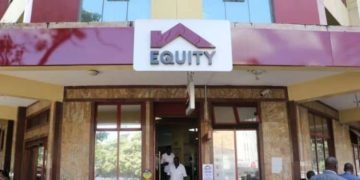
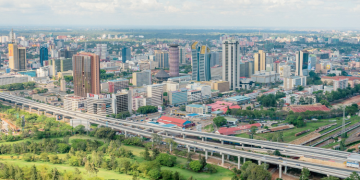

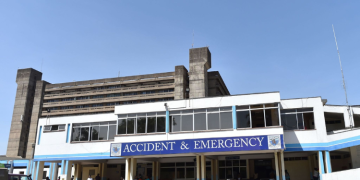

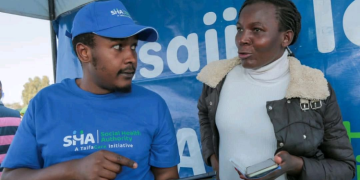
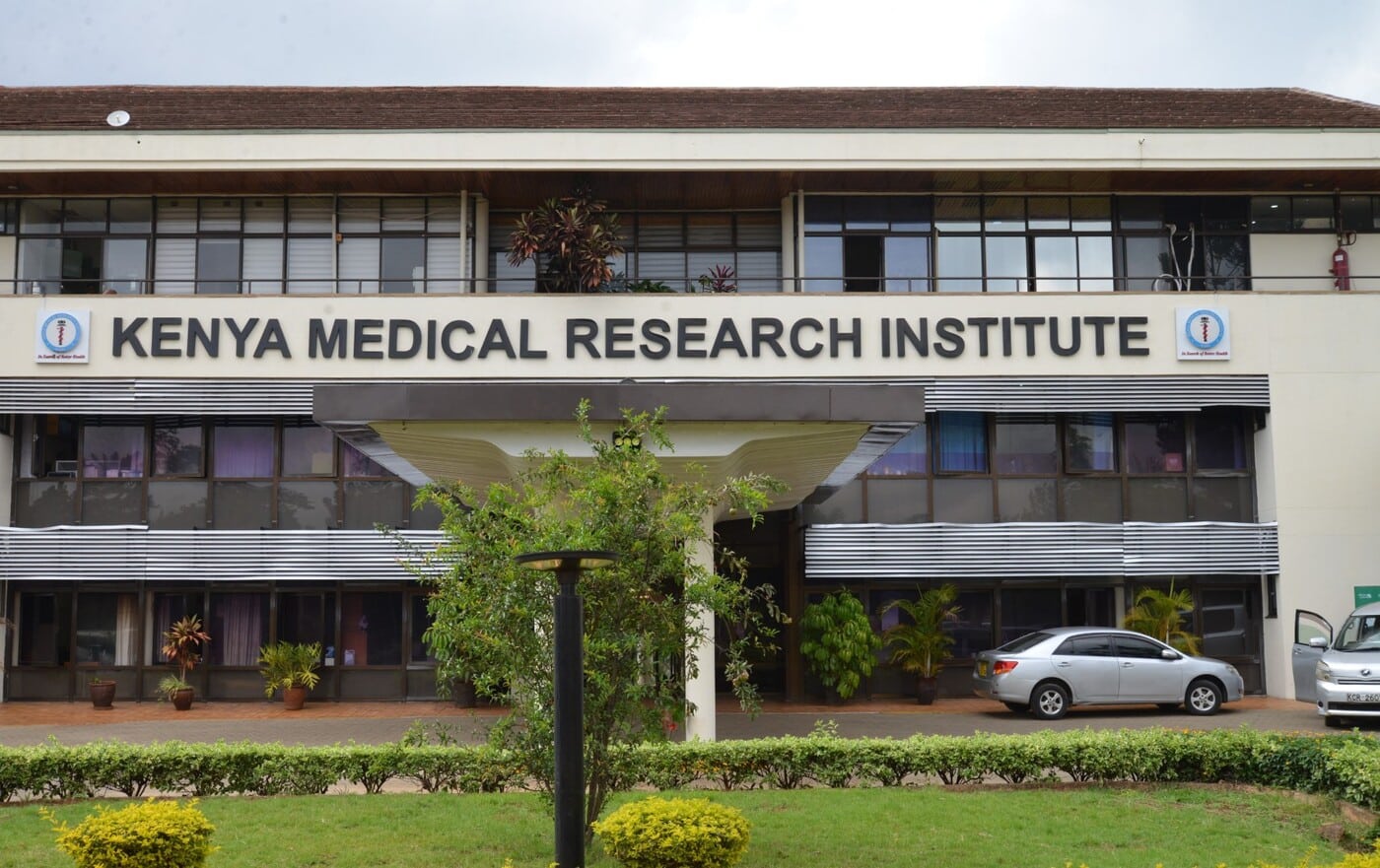
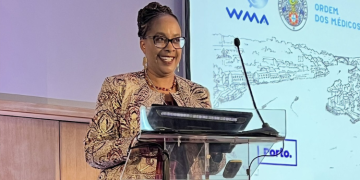
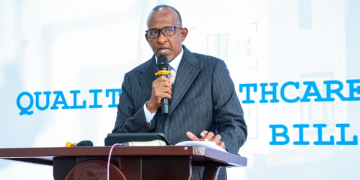
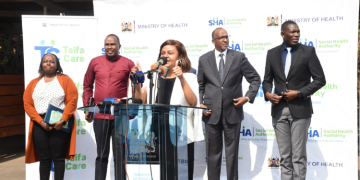
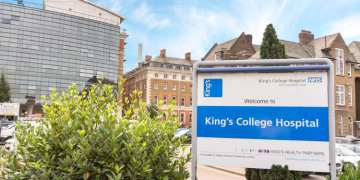

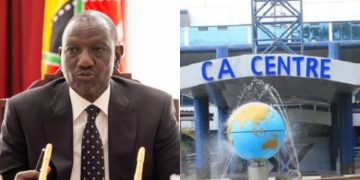
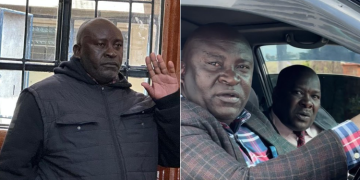
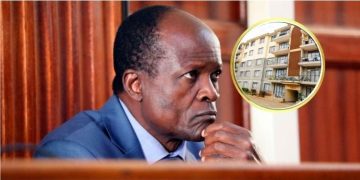

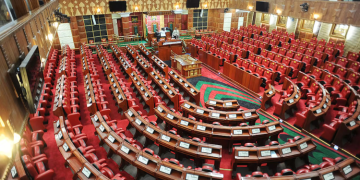

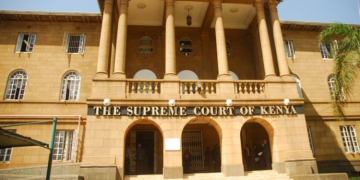




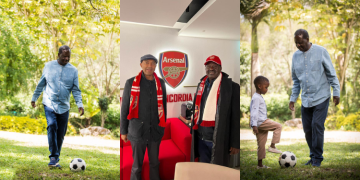



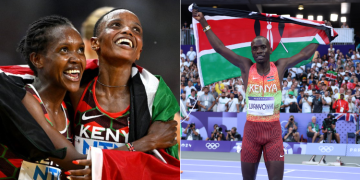








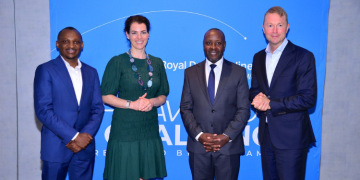
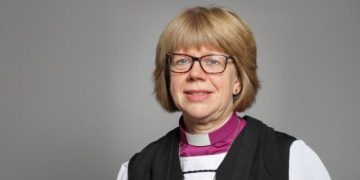
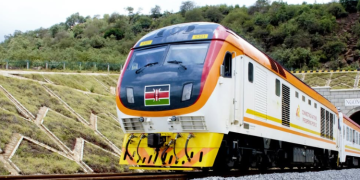
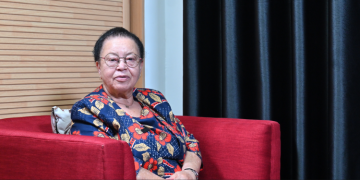

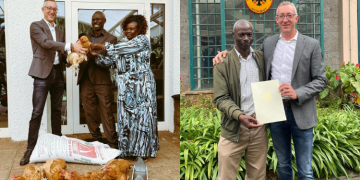
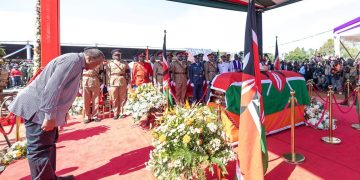


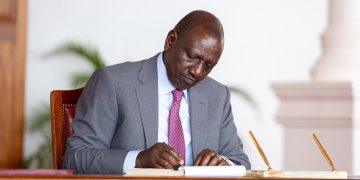
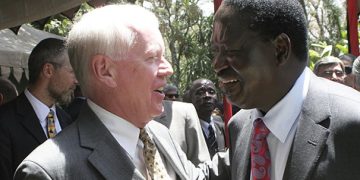
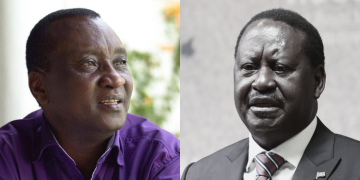
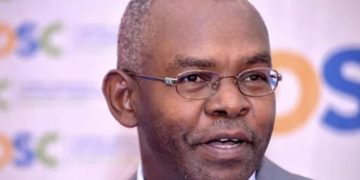



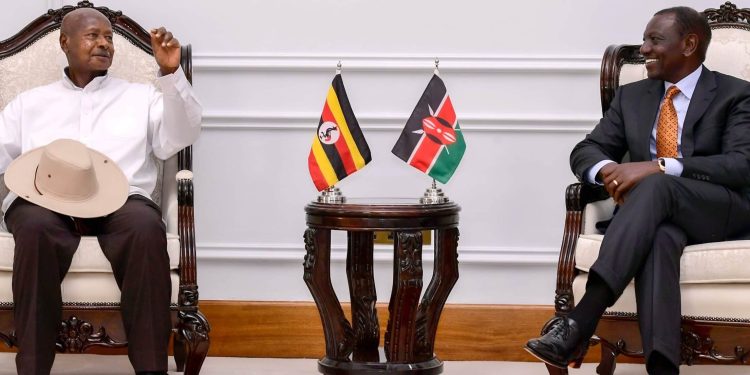



![President Ruto Address During Mashujaa Day And How He Honored Raila [Full Text Speech] President Ruto Address During Mashujaa Day And How He Honored Raila [Full Text Speech]](https://thekenyatimescdn-ese7d3e7ghdnbfa9.z01.azurefd.net/prodimages/uploads/2025/10/ruto-mashujaa-address-120x86.jpg)